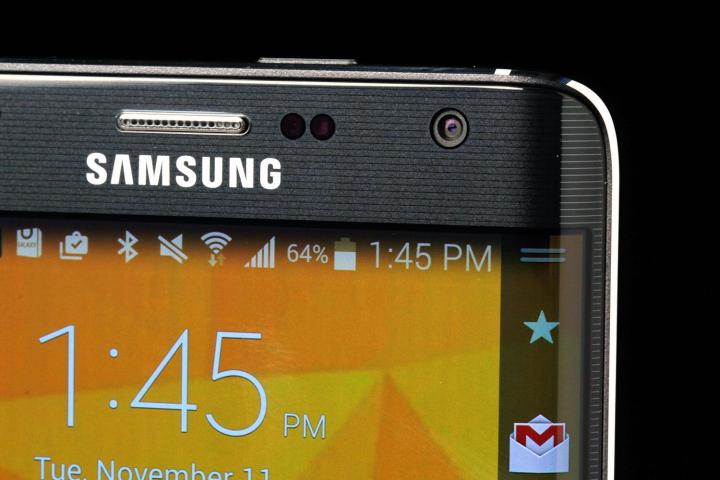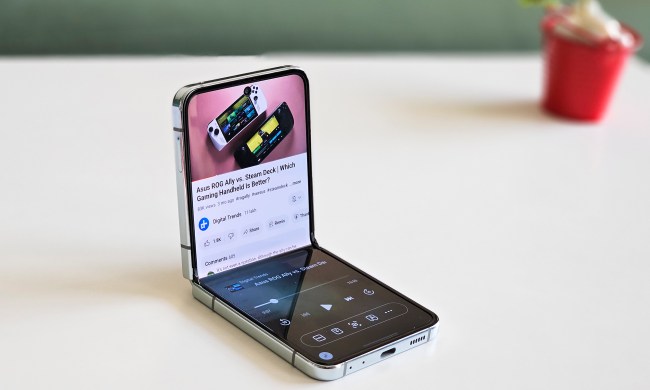
Samsung has shown off flexible screens before, but they’ve always seemed more like a futuristic pipe dream than something that could become a reality in late 2015. However, during the Samsung Investor Forum in New York, Lee Chang-hoon, the VP of Samsung Display’s business strategic team, stated that the company “will secure production capacity of 30,000 to 40,000” foldable screens each month by the end of 2015, reported ZDnet.
“There will be no (other) company that has this great production capacity by 2016,” he said, adding that, “We plan to provide consumers with a product that has a flexible display by the end of the year. However, nothing has been decided on the finished product.”
Ideally, users would be able to fold the bendable smartphone in half and stuff it in their pockets. It’s not quite the Post-It note sized foldable smartphone of the distant future, but if Samsung can manage to do it, it will be the first of its kind. Although the technology already exists to make highly flexible screens, other components like batteries and processor chips are still completely rigid. It’s unclear how Samsung will overcome these challenges, while still maintaining a strong and sturdy device that runs a full day or more on a single charge.
In the meantime, Samsung is also toying around with the idea of dual-edged screens. These phones would have not one, but two edges a la the Galaxy Note Edge, which Samsung recently released for a huge chunk of money.
“Consumers’ preference will decide whether one side will become the band, or either sides. We are prepared to make customized designed products based on consumer needs,” Chang-hoon said.
Regardless of whether Samsung manages to make a fully foldable smartphone before the end of 2015 or not, it’s clear that the Korean company is looking to mad-cap innovations as its savior.


